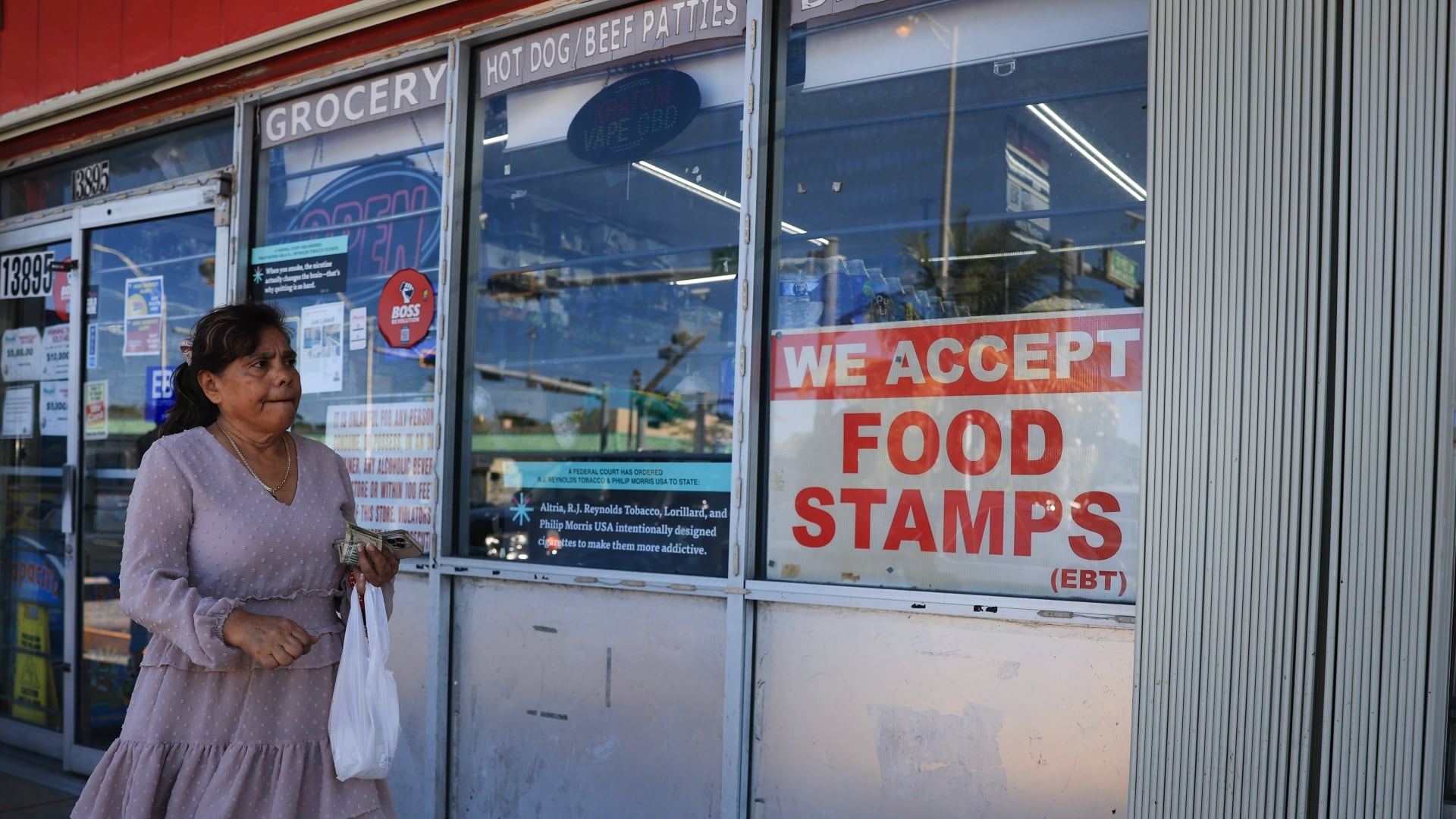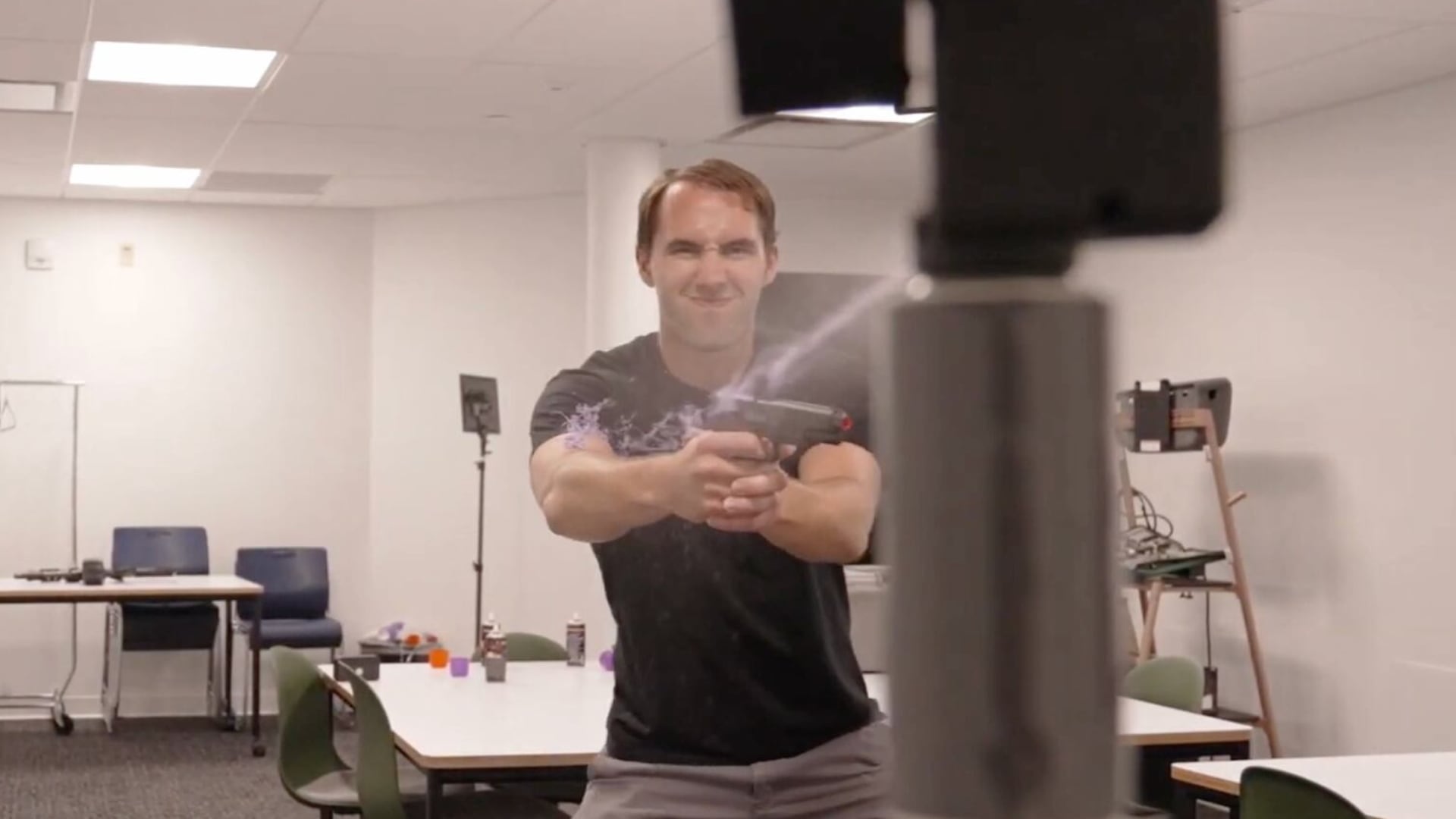Trump’s coronavirus task force on Thursday afternoon visited the Federal Emergency Management Agency to hear from several governors about the challenges facing their states.
Multiple governors expressed their concerns over obtaining additional personal protective equipment for health care workers, the need for additional reagents and swabs to complete coronavirus testing, and a general request for flexible federal funding for states.
New Jersey Gov. Phil Murphy said his state will likely need to tap into strategic reserves of medical equipment, despite Trump’s prodding that states build their own supply chains.
Massachusetts Gov. Charlie Baker echoed these concerns, expressing frustration with suppliers that have turned down his requests and selling to the federal government instead.
“I got to tell you that on three big orders we lost to the feds,” Baker said.
The Democratic governor then pushed Trump to encourage companies to sell to states, even if they can’t beat the federal government on prices.
Louisiana Gov. John Bel Edwards asked for help providing additional hospital capacity, including federal approval to use a Veterans Administration hospital for coronavirus treatment.
Maryland Gov. Larry Hogan outlined three requests brought up at a recent meeting of the National Governors Association, including funneling 50 percent of supplemental income to the states, authorizing greater flexibility in how governors can use their National Guard divisions, and more flexibility in completing the 2020 census and REAL ID requirements.
Rhode Island Gov. Gina Raimondo asked for direct support to hospitals as a part of any future stimulus package and possibly bridge grants to help states achieve short-term liquidity.
Illinois Gov. J. B. Pritzker repeated concerns over the current extent of drive-through testing, noting that his state had only received 5,000 tests. He said that it is only enough for one or two days of testing based on current demand.
Trump and other members of the coronavirus task force noted that states should process requests through FEMA, which he said is working closely with the White House.









